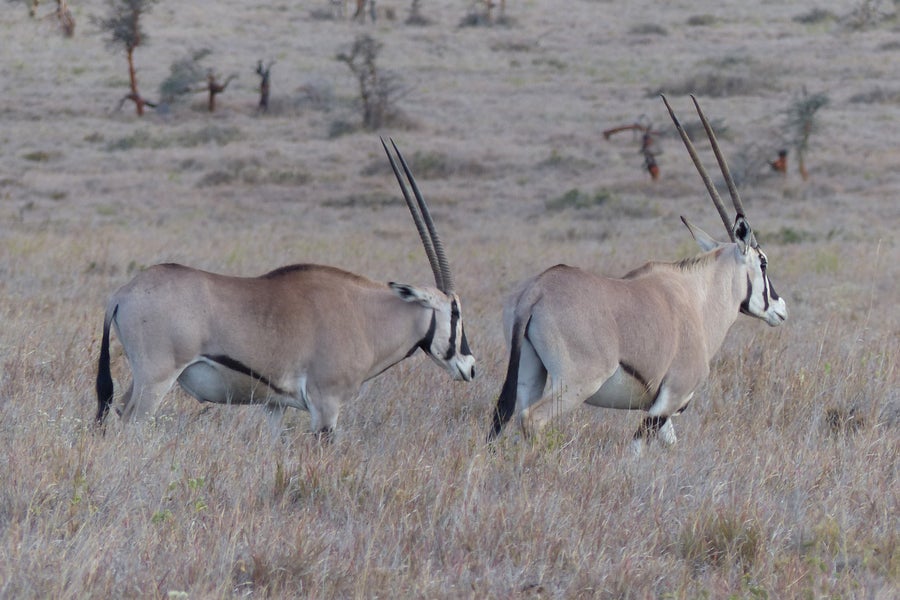Males Aren’t Larger than Females in Most Mammal Species
A new study corrects a biased assumption promoted by Charles Darwin 150 years ago and repeated ever since.
In The Descent of Man, Charles Darwin posits that in most species of mammals, males are larger than females. Although Darwin did not cite evidence to back up this claim, his view on sexual size dimorphism was readily accepted as fact, and it still dominates today.
But Darwin, in this case, seems to have been wrong. An analysis of 429 mammalian species published in Nature Communications reveals that just 45 percent feature males that are larger than females. Nearly an equal number of species, 39 percent, have sexes that are about the same size. And in 16 percent of species, females are larger than males.
“There’s been this really strong inertia toward the larger male narrative, but it was just based on Darwin’s hand-wavy statement, and the evidence doesn’t really support it,” says the study’s lead author Kaia Tombak, a postdoctoral evolutionary biologist at Purdue University. That this narrative has endured for so long “may reflect Western societal biases that tend to look at issues through a male lens.”
On supporting science journalism
If you’re enjoying this article, consider supporting our award-winning journalism by subscribing. By purchasing a subscription you are helping to ensure the future of impactful stories about the discoveries and ideas shaping our world today.

Two Beisa oryx wandering the plains in Kenya. While most bovids have larger males than females, Beisa oryx do not differ very much in size and both sexes have horns.
Tombak found herself conducting the new study by chance after she and some other researchers in an online seminar began debating the factors that shape male and female aggressiveness in species whose sexes are the same size. No one knew the answer, so Tombak decided to look into it. But she quickly realized she’d have to deal with another…
Read the full article here







